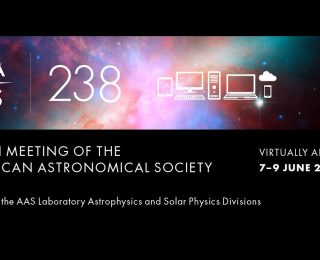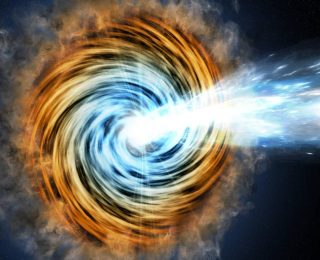
Meet the AAS Keynote Speakers: Dr. Daniel Stern
Have you ever wondered what NuSTAR is or the science it’s helped to discover? Dr. Daniel Stern will tell you all about it at his plenary lecture at #AAS238!

Have you ever wondered what NuSTAR is or the science it’s helped to discover? Dr. Daniel Stern will tell you all about it at his plenary lecture at #AAS238!

Dr. Emily Levesque loves to study massive stars. At her Newton Lacy Pierce Prize talk & at her ‘meeting in a meeting’ at #AAS238, she’ll be telling you all about Betelgeuse & TZOs. Read on to find out more!

Blazar OJ 287 is our best known candidate to be an AGN with a binary black hole as a central engine. Pretty groovy, if you ask me. Plus, we might even be able to take a picture of it! Read on to learn more.

ISO classical novae! We aren’t seeing as many classical novae as we expect. Read on to find out if they’re masquerading as dwarf novae!

All stars die, but not all stars die the same. Some will explode and leave no trace behind. These special explosions with no trace are called pair-instability supernovae (PISNe) and only happen in the most massive of stars. Today’s paper from 2009 investigates a unique supernova, SN 2007bi, that was initially thought to be the first PISN ever observed.